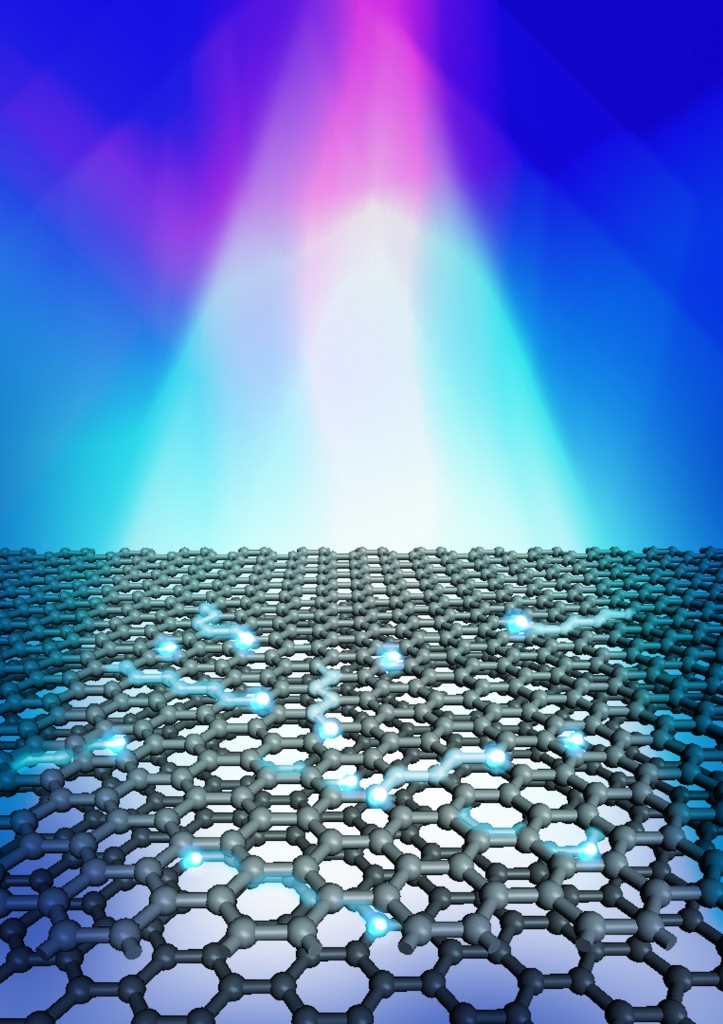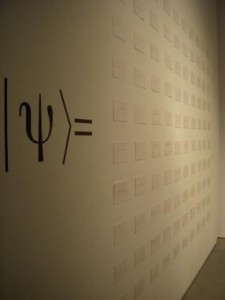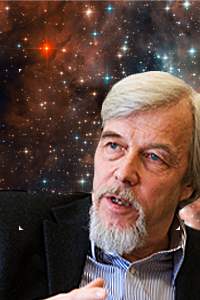It’s exciting to hear that CERN (European Particle Physics Laboratory) has an open call for artists but it’s also a little complicated, so read carefully. From an Oct. 12, 2015 CERN press release,
CERN1 has today announced three new open calls giving a chance to artists to immerse themselves in the research of particle physics and its community. Two new international partners have joined the Accelerate @ CERN programme: the Abu Dhabi Music & Arts Foundation (ADMAF) from UAE2 and Rupert, the centre for Art and Education from Vilnius, Lithuania3. The Collide @ CERN Geneva award is also now calling for entries, continuing the fruitful collaboration with The Republic and Canton of Geneva and the City of Geneva4. Last but not least, the Collide @ CERN Ars Electronica winning artists start their residency at CERN this week.
“Science and the arts are essential parts of a vibrant, healthy culture, and the Arts @ CERN programme is bringing them closer together,” said CERN DG Rolf Heuer. “With CERN’s diverse research programme, including the LHC’s second run getting underway, there’s no better place in the world to do that than here.”
With the support of The Abu Dhabi Music & Arts Foundation (ADMAF), Arts @ CERN gives the chance for an Emirati visual artist to come to CERN for a fully funded immersion in high-energy physics in the Accelerate @ CERN programme. Thanks to the support by Rupert, Centre for Art and Education in Vilnius, the same door opens to Lithuanian artists who wish to deepen their knowledge in science and use it as a source of inspiration for their work. Each of the two open calls begins today for artists to win a one-month research stay at CERN. Applications can be submitted up to 11 January 2016.
Funded by The Republic and Canton of Geneva and The City of Geneva, Collide @ CERN Geneva has operated successfully since 2012. Arts @ CERN announces the fourth open call for artists from Geneva, this time celebrating the city’s strength in digital writing. Today, the competition opens to writers [emphasis mine] who were born, live or work in the Geneva region, and would like to win a three-month residency where scientific and artistic creativity collide. The winner will also receive a stipend of 15,000CHF. The deadline for applications is 11 January 2016.
“Arts and science have always been interlinked as major cultural forces, and this is the fundamental reason for CERN to continue to proactively pursue this relationship,” said Mónica Bello, Head of Arts @ CERN. “The arts programme here continues to flourish.”
Semiconductor, the artist duo formed by Ruth Jarman and Joe Gerdhardt, are the winners of the Collide @ CERN Ars Electronica award5. Out of 161 projects from 53 countries, the jury6 awarded Semiconductor for their broad sense of speculation, complexity and wonder, using strategies of analysis and translation of the phenomena into tangible and beautiful forms. Their two-month Collide @ CERN residency starts on 12 October 2015.
…
Footnote(s)
1. CERN, the European Organization for Nuclear Research, is the world’s leading laboratory for particle physics. It has its headquarters in Geneva. At present, its member states are Austria, Belgium, Bulgaria, the Czech Republic, Denmark, Finland, France, Germany, Greece, Hungary, Israel, Italy, the Netherlands, Norway, Poland, Portugal, Slovakia, Spain, Sweden, Switzerland and the United Kingdom. Romania is a Candidate for Accession. Serbia is an Associate Member in the pre-stage to Membership. Pakistan and Turkey are Associate Members. India, Japan, the Russian Federation, the United States of America, the European Union, JINR and UNESCO have observer status.
2. Accelerate @ CERN UAE is funded by The Abu Dhabi Music & Arts Foundation (ADMAF). (link is external)
3. Accelerate @ CERN Lithuania is funded by Rupert, Centre for Art and Education in Vilnius, Lithuania. (link is external)
4. Collide @ CERN Geneva is funded by The Republic and Canton of Geneva (link is external) and The City of Geneva (link is external)
6. Members of the Jury for Collide @ CERN Ars Electronica were: Mónica Bello (ES), Michael Doser (AT), Horst Hörtner (AT), Gerfried Stocker (AT) and Mike Stubbs (UK).
Here are a few more links,
Online submissions for artists CERN.ch/arts
Further information:
Arts@CERN website
Accelerate@CERN website
Collide@CERN Facebook site (link is external)
Twitter ArtsAtCern (link is external)
Good luck!


